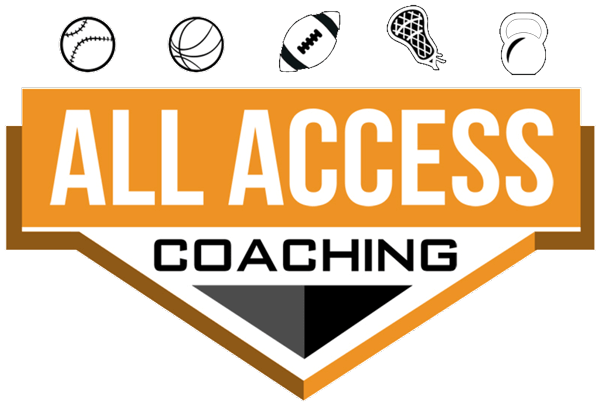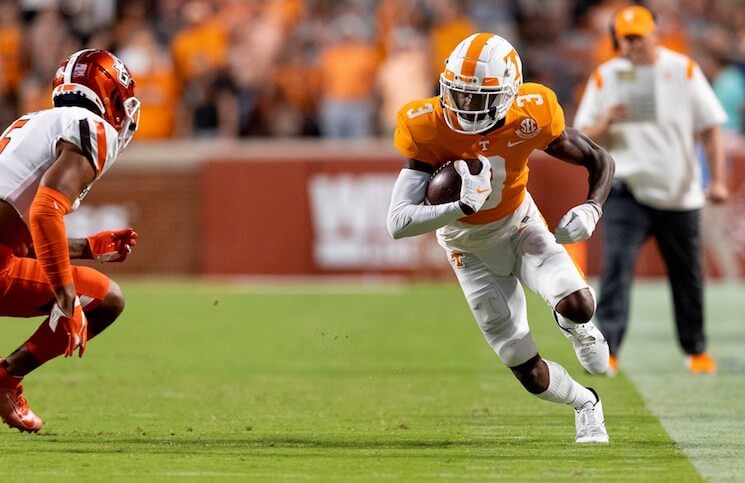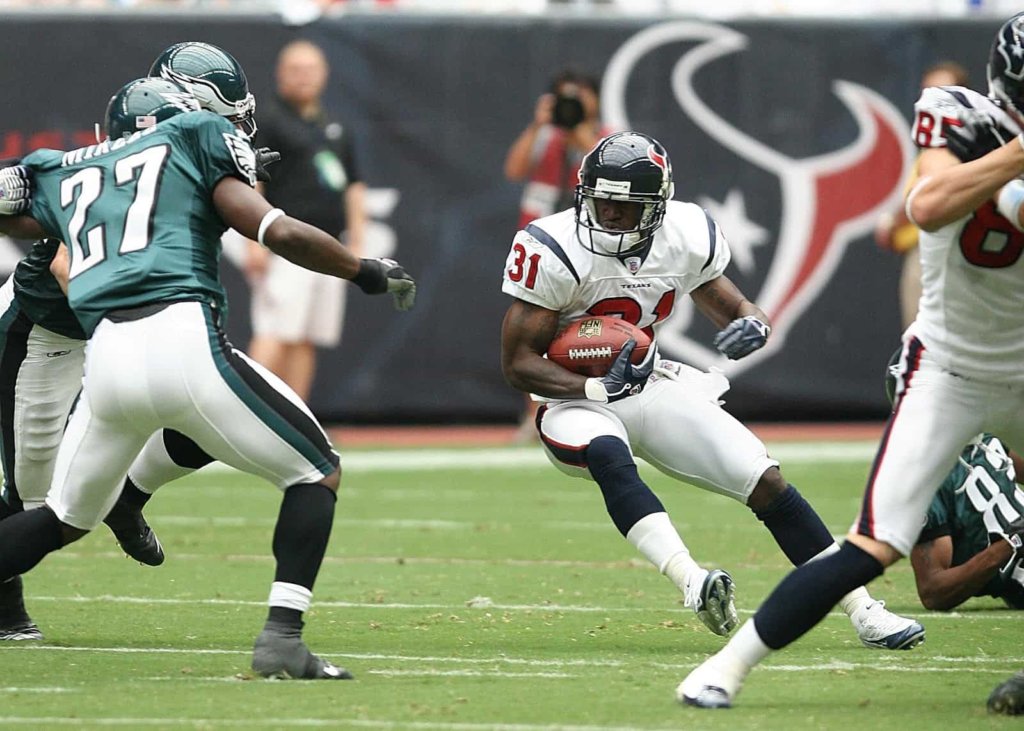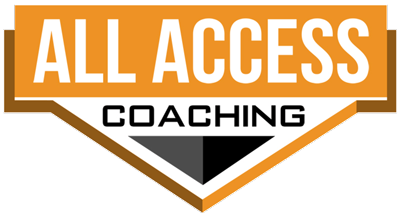So You Want to Run No Huddle?
When I spoke a the National Wing T Clinic in Pittsburg in 2011, I ran across a coaching staff from Greensboro, North Carolina who was running fast No Huddle tempo using the Wing T. The thing that stuck with me on the plane ride home was that they added 10-15 snaps to their offense every game. To me this was simple math: If you give me an extra 15 snaps, that is 15 more chances that I have to score. At the time I was averaging 60-65 snaps per game, which works out to 15 snaps per quarter…so if I could replicate what these guys were doing my offense would play FIVE quarters of football !!!
As soon as I got home I called whom I consider the most innovative spread passing guru that I know, Jeff Steinberg. I spent an entire day with Jeff and we quickly realized that calling a Wing T play would involve more signals than a Spread Zone Blocking offense since there are so many more run plays, motions, and formations in the Wing T attack. But he gave me some great ideas which I will share further in this article. I also sat down with our local Jr College defensive coordinator, Luis DaSilva, who said that fast tempo, no huddle offenses were tough to defend because they forced him to stay in his base defense and limited his substitution patterns. Aaah! music to my Wing T ears.
ADVANTAGES OF FAST TEMPO, NO HUDDLE
- More Snaps per Game
- Wears Out Opponent
- Can’t Sub; Stay in Base Defense
- No Time for defensive emotion.
- Easier to run 2-minute offense
- Easier to audible
- Your Practice is Conditioning
- Get More Reps in Practice
Those last 2 bullets are the things that I never considered, but now that I understand them, I would continue to use No Huddle concepts in practice EVEN IF I WENT BACK TO HUDDLING UP !!! Our practices got so much faster and it was not difficult to get 3 snaps per minute in practice. So in our 10 minute team period, our starters got 20 snaps and our backups got 10 snaps. I thought we used to practice hard and smart, but we never got those kind of practice reps.
DISADVANTAGES
- Limits your playbook. Every variation / tag / false key requires another signal
- You can go “3 and out” pretty quickly, which limits your defensive breaks
Here were the areas that we needed to address to install an up tempo, No Huddle system. I am really taking you on my journey of research, because we do not do all of these thinks:
#1 GETTING THE PLAY IN
SIGNAL (fastest but requires memorization)
- Hand Signs or Boards
- Who was going to signal?
- one coach with “live” signal and another with “dummy” signal
- Each position coach signals to their positions
- Does the entire team get the signal or just the 6 Eligible Receivers and QB tells the line the play with code words at line of scrimmage?
WRISTBANDS (no confusion)
- Receivers, backs, & linemen each have different wristbands
- Slower players will not learn plays, they will depend upon the wristband
- Limited to what fits on a wristband and how much can we type into that little box
- Change & Collect wristbands every week
SOFT HUDDLE (formations)
- We were already doing this, huddle 4 yds behind LOS and sprint to the line after QB tells us the play.
- Difference now was that we would signal the play in versus sending in with a wide receiver.
WRISTBAND EXAMPLES
#2 ACTUAL PLAY CALL
Regardless whether you signal or use wristbands, you have to devise a system of “code words” that the QB uses to communicate to other players. Maybe a player missed the signal; you are running a “check with me” and the QB has to indicate what he has decided to run after reading the defense; or the QB is going to actually audible and change the play at the line. Here are some suggestions, but bring your players in and let them be part of the process of coming up with the code words and signals. It is alot of fun and it gives the players ownership.
- CARS
- Mustang, Fusion, Taurus, Expedition can all be plays in the belly family.
- “Ford” can be Belly Pass
- CITIES
- Anything associated with that city is that play
- STATES, COLLEGES, ANIMALS
- Runs are Cars; Pass is Cities; Screens are colleges
#3 DIRECTION OF THE PLAY
- Even numbers mean right and odd numbers mean left
- East means right and West means left
- Girls are right (aren’t they?) and Boys are left
- TEAMS MASCOTS
- Your Mascot means run the play to your bench
- Their Mascot means run the play to their bench
#4 SNAP COUNT
- Certain plays have same count every time
- The snap count could be tied to what hole you are running to
- Plays to left are on 1, Right are on 2
- Quarterback gives the snap count at the LOS
- “Code + number – Ready-Set-Hit-Hit”….you could make the code or the number represent the snap count
- QB changes his voice. A long, drawn out “r-e-a-d-y” means snap on 2nd hit. A fast “ready” means snap on the next sound.
- Could have QB say something after the play code to remind everyone of the snap count.
- Red-White-Blue for example would be first sound, Set, or 2nd hit. QB would say the color after the play code.
DIFFERENT TEMPOS
RED LIGHT
- Signal a play or just the formation
- Players line up. Let the defense get set. Put a guy in motion…..
- QB LOOKS AT BENCH to see if the play is good or if you are going to change it.
- If the sideline tells QB to run the original play, the QB says something like “live, live” or simply says the play code words.
- If we are changing the play, the QB says “EASY, EASY” to tell everyone to look at sideline for new play
- QB could audible after seeing defense or looking at sideline and he tells everyone the new play using the play code words.
These Red Light tempos, which are variations of “freeze” and “look”, can also be ran from a Huddle set. The team breaks the huddle, waits for defense to lineup, and then sideline/QB tells them what play we are going to run.
YELLOW LIGHT
- Signal or Yell the formation to the entire team
- QB reads the defense & tells everyone the play using code words
- The QB is limited to what he can call based on that read. Usually he has 2 options (run or pass play) after reading a certain defender.
- It could be the same play, but the QB is calling the direction of the play based on where the 3-tech lines up or their best defensive player.
- Everyone gets play and they run that play.
GREEN LIGHT
As soon as players get signal, they get on ball & snap ball as fast as possible. The QB uses no code words, just say the cadence & snap the ball.
- NASCAR
- A pre-determined order of plays always ran in that order.
- These bundles stay the same all year long.
- Can have different NASCAR bundles….
- We bundle 3 plays using a TE; a different 3 play bundle from our base formation; and another 3 play bundle from trips
- Can change direction of plays but not the order.
- Should be plays that can work against any D
- SISTER PLAYS
- Two plays that are always paired up.
- We give it a name such as cars.
- Belly Left goes with Jet Right.
- So they run belly left as fast as possible after getting the signal, and when the ref puts ball back in play, snap the ball & run Jet right.
- JETS
- These change every week by scout report
- “JET 1” is Belly Left
- “JET 2” is Down Right
- “JET 3” is a pass play
- Can have as many JETS as you need.
- Should not be same plays that are in NASCAR package
- Do not use motion
PRACTICES
- EVERYTHING IS NO HUDDLE.
- Everything is signaled, do not tell your players the play
- Backup QB signals from sideline during team time
- Even during indo time, coaches signal or use the code words
- 3 plays per minute
- 2nd stringers get reps now !
- Scout Defense needs to be very organized, because it goes fast
- On Monday, we find some time (classroom, wt room, before practice) to show the scout D what they are running that week.
- At anytime during practice scream NASCAR or a JET play
I really hope that this article helped you in becoming a No Huddle team or gave you an idea or 2 to add to your No Huddle package. I have a 68 minute video covering this topic plus how Wing T plays that have your QB reading unblocked defenders. It is available by clicking here.
I also have my 240 page Pistol Wing T Playbook that dedicates 3 chapters (37 pages) to just No Huddle and Tempos. It is available by clicking here.





